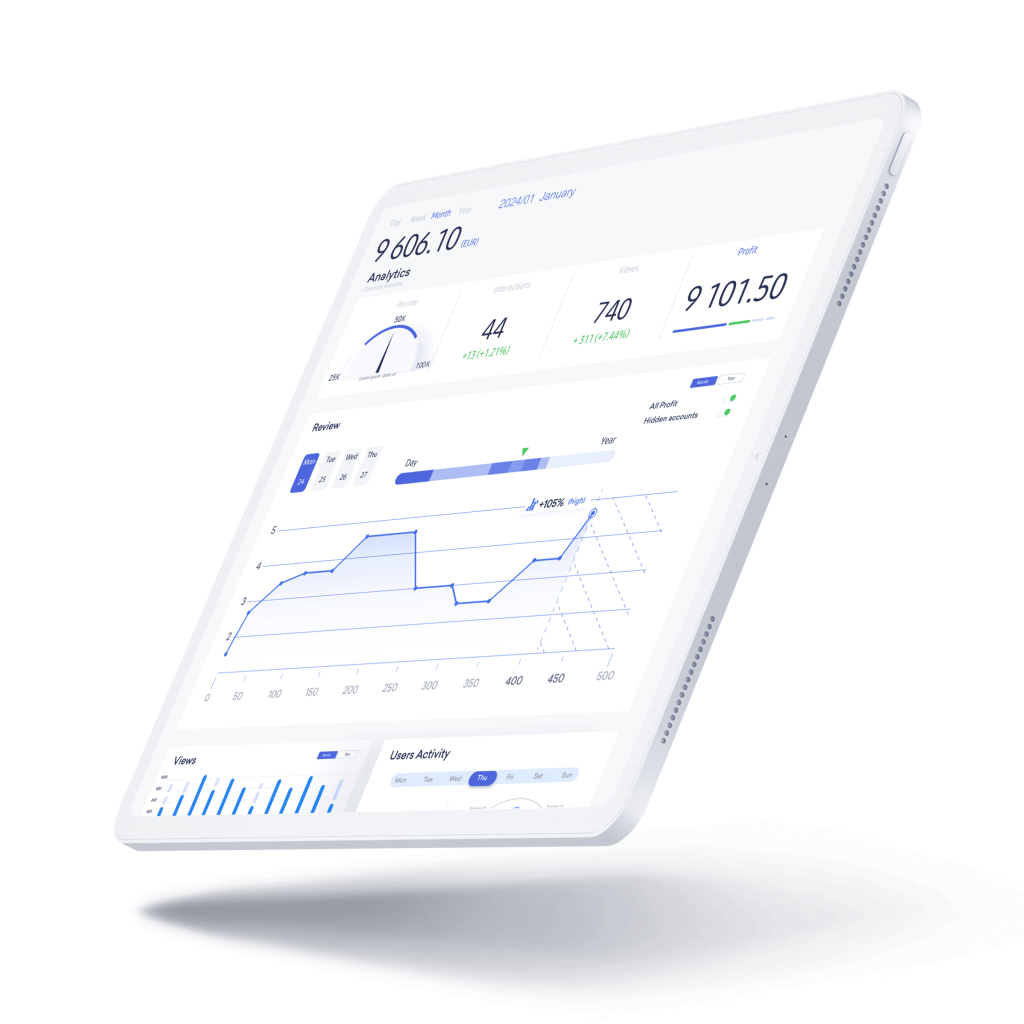But, according to a recent report by Gartner, firms are wasting this cost-saving potential through poor resource management, miscalculating cloud computing demand and failing to invest in the right billing plan, among other things. So, with more of us relying on the cloud for our business needs, how can we ensure we’re getting the best value for money? In this article, we take a look at the best cloud cost optimization tools and tips for 2021 and beyond in a bid to help you streamline your cloud computing budget and bolster your profit margins.
Six cloud cost optimization tools and best practices to try
1. Cloud Cost Intelligence
Cloud Cost Intelligence represents a key pillar of FinOps solutions, empowering DevOps engineers with direct cost-cutting capabilities. By leveraging FinOps principles of cross-functional collaboration and real-time cost visibility, engineers can access contextualized financial data related to specific project elements they're developing. This FinOps-driven approach transforms cost into a measurable performance metric that aligns engineering, finance, and business stakeholders. Through continuous cost optimization practices central to FinOps culture, teams can make informed decisions that eliminate unnecessary cloud spend while maximizing business value from every cloud investment.
By placing cost front and centre in the DevOps decision-making process, rather than viewing it as an afterthought, businesses can avoid the technical debts that can arise when development choices fall out of alignment with a product’s market strategy. Tools like Cloudzero can help organizations achieve Cloud Cost Intelligence.
2. AWS Native Tools
Best suited to small-to-medium-sized businesses, AWS native tools such as AWS Cost Explorer provide a free but basic solution for cloud cost optimization. If your business’s cloud computing needs are still relatively small, something like AWS Cost Explorer, which comes with a suite of simple but relatively effective tools, may be enough for you.
However, once your cloud management budget approaches upwards of $50,000 a month, you may want to consider more comprehensive paid cloud cost optimization software. Something like AWS Cost Anomaly Detection, which benefits from automated root cause detection and real-time spend anomaly alerts, could be a good option for businesses with higher cloud usage requirements.

3. Right-Sizing Services
Right sizing presents one of the most effective ways to optimize your cloud computing costs. It enables businesses to continually monitor various instances through real-time data analysis, allowing them to downscale by switching off any idle or underperforming instances as and when needed.
Instances can become idle or unused when, for example, a developer creates a temporary server for the purposes of a specific task and then forgets to switch it off. If this happens enough throughout a company, you end up paying for resources that simply aren’t being used. With a solid right-sizing data strategy, you only pay for what you actually need.
4. Continuous Cloud Cost Optimisation
Powerful AI and machine learning software is providing opportunities to automate cloud cost management processes, enabling businesses to automatically analyze the utilization of cloud resources and identify ways of optimizing resource allocation.
Because cloud management is increasingly complex, especially where large enterprises are concerned, humans simply aren’t capable of performing the deep level of analysis and subsequent actions required to efficiently streamline cloud operations on an ongoing basis. But by embedding continuous cloud cost optimization within their DevOps strategy, businesses can overcome manual limitations and ensure they’re utilizing their cloud services in the most cost-efficient and effective way.
5. Choosing the Right Cloud Plan
This may sound obvious, but choosing the right payment plan for your organization’s needs can shave a substantial sum off your cloud spend. On-demand instance billing may seem like a good option if your cloud usage seems unpredictable, but for businesses with consistent usage, setting up longer-term billing via a Reserved Instance (RI) can yield a significant discount.
You can optimize instance price by replacing on-demand Instance with spot Instances. Auto scaling is another option. It allows to optimize instance hours by adjusting the number of nodes in the cluster based on the demand.
An RI typically requires you to commit to a billing term of one to three years for a specific on-demand instance. In exchange for your guaranteed long-term payment, your hourly usage rate is heavily discounted – by as much as 70% compared with on-demand billing, in some cases.

6. Container Cost Optimization Tools
Container cost optimization solutions like Amazon Elastic Container Service, GitLab and Spot Ocean can come in the form of simple reporting tools or more advanced software that can make cost-saving recommendations. Businesses that use Kubernetes may already be familiar with these sorts of tools, which focus on a cluster models.
However, for those businesses that use a combinational approach to custom software development, which may be most, containerized cost optimization tools may not provide the best solution to managing your cloud spend.
Conclusion
Choosing the right tools to manage your cloud computing more effectively can help you significantly reduce your costs while benefitting from greater visibility and empowering your staff to take ownership of cost-based decision making. Ultimately, the cloud cost optimization tools you choose will depend on the size of your business and your individual needs.

Related Insights








The breadth of knowledge and understanding that ELEKS has within its walls allows us to leverage that expertise to make superior deliverables for our customers. When you work with ELEKS, you are working with the top 1% of the aptitude and engineering excellence of the whole country.

Right from the start, we really liked ELEKS’ commitment and engagement. They came to us with their best people to try to understand our context, our business idea, and developed the first prototype with us. They were very professional and very customer oriented. I think, without ELEKS it probably would not have been possible to have such a successful product in such a short period of time.

ELEKS has been involved in the development of a number of our consumer-facing websites and mobile applications that allow our customers to easily track their shipments, get the information they need as well as stay in touch with us. We’ve appreciated the level of ELEKS’ expertise, responsiveness and attention to details.


